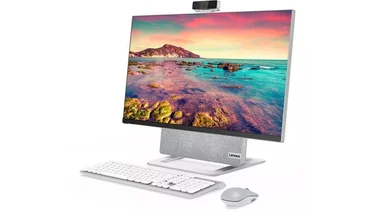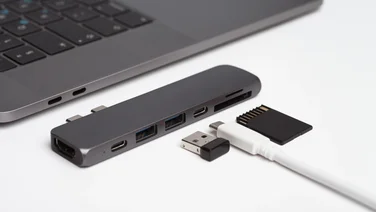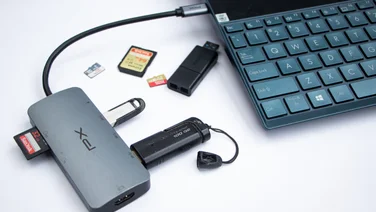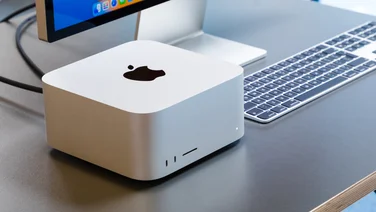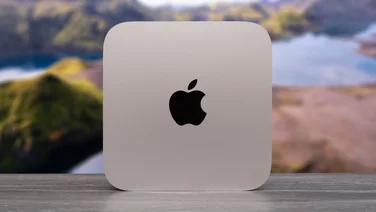To help us provide you with free impartial advice, we may earn a commission if you buy through links on our site. Learn more

We’ve seen a few sub-£200 Windows PCs, but they’ve generally been pretty compromised. Some have Atom processors, which are only barely capable of running Windows properly, and others, such as the Intel Compute Stick and Hannspree Micro PC, are hamstrung by slow Wi-Fi and only having a single USB port. Dell’s Inspiron Micro Desktop is a different proposition. It may be bigger than the Hannspree and Intel stick computers, but it has the advantage of being a properly usable PC.
Want something more powerful? Take a look at our Best Desktops 2016 guide
The Micro Desktop is about the same size as an Intel NUC, which means it’s slightly smaller than a stack of four CD albums. The PC has a useful selection of ports; on the rear are two USB2 ports for your keyboard and mouse, HDMI and DisplayPort video outputs and a 3.5mm headphone jack. The PC is amazingly well served for networking, too, with Gigabit Ethernet and fast 802.11ac Wi-Fi. You also get two further USB ports on the front, one of which is USB3, and an SD card reader on the side.

As you’d expect for the price, the Micro Desktop isn’t a performance powerhouse. It has a dual-core Intel Celeron J1800 processor running at 2.41GHz, and it struggled through our benchmarks to a score of 9 overall. The onerous multitasking test, where the PC has to manipulate high-resolution images while encoding and playing back 4K video, was particularly troublesome, as a score of 1 shows. We also have a suite of benchmarks which we run on less powerful hardware such as this, where the 4K video is replaced with 1080p. Here the PC scored 39 overall, which is about what we’d expect to see from a low-end laptop.

When we first booted into Windows 10, we found the Micro Desktop felt very sluggish. Checking Task Manger, we found that Dell Backup and Recovery Toaster was taking up 50% of the CPU. Once Dell Backup finally loaded it didn’t work anyway, and showed the error “not enough space on recovery partition, will exit”. Once we’d uninstalled all the Dell software, the PC felt much quicker.
Uninstalling the Dell-branded software also had the benefit of freeing up some much-needed storage space. Out of the box, the Micro PC had 9.7GB of space left on its 32GB SSD, but once we’d purged the Programs list, we had a more useful 17.5GB. Bear in mind that this is still a pretty minimal amount of room, which you’ll eat into quickly with an Office suite and a handful of applications. You’ll have to be prepared to store most of your files in the cloud, and synchronise only what you need to the Micro Desktop’s disk. You could also use an SD card or an external hard disk for extra storage.
The Micro Desktop is just about quick enough for everyday use. There’s only the occasional jerk when scrolling up and down web pages, for example, but they do take a while to render; a standard story on the Guardian’s website took around eight seconds to fully load, compared to four seconds on a quad-core desktop PC. Complicated web applications such as Google Sheets are also slower on the Micro PC, but still usable. It had no problems playing back 1080p video, however.

It’s a shame it doesn’t have more built-in storage and you’ll have to spend some time uninstalling Dell’s software to get acceptable Windows performance, but if you need a PC for simple tasks, it’s a good buy.

